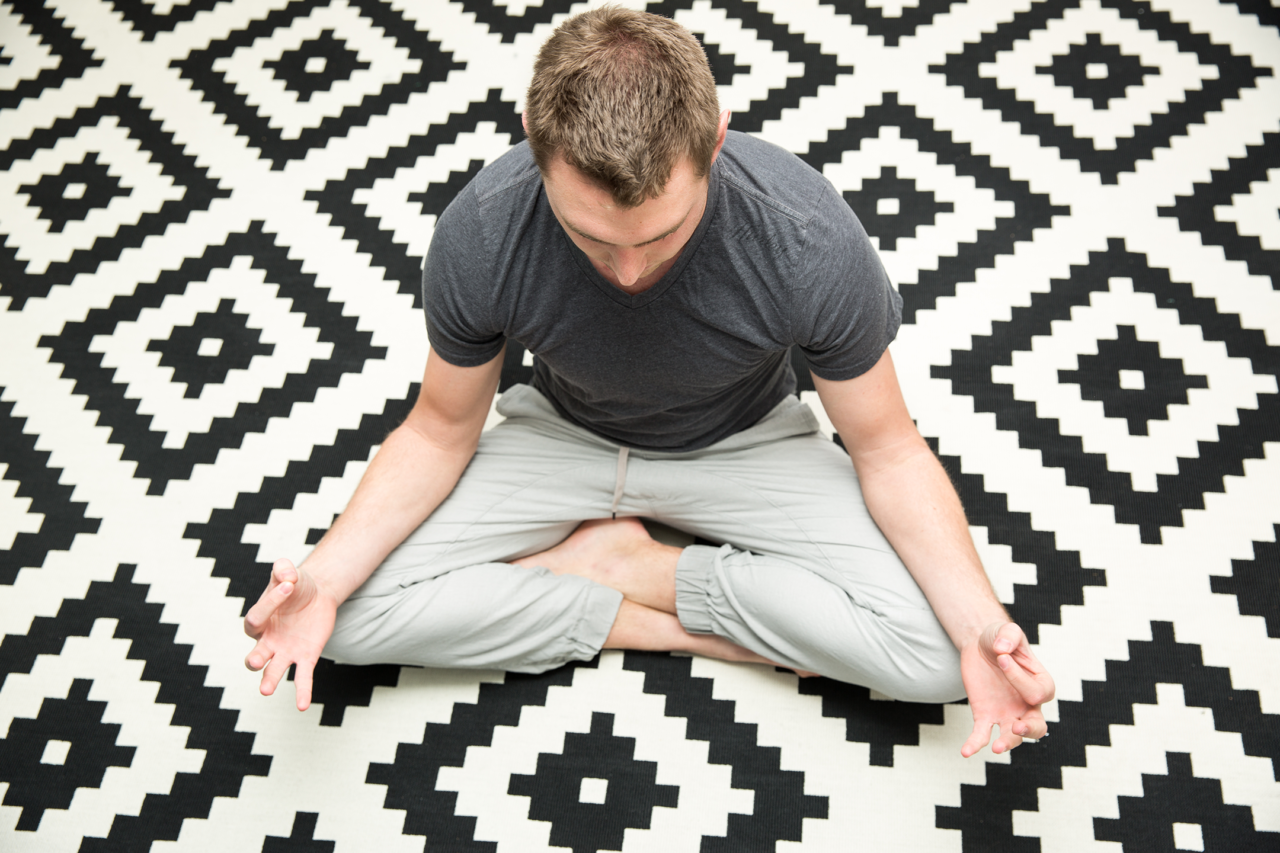 By Victor S. Sierpina, MD
By Victor S. Sierpina, MD
The mark of the educated man is not in his boast that he has built his mountain of facts and stood on the top of it, but in his admission that there may be other peaks in the same range with men on the top of them, and that, though their views of the landscape may be different from his, they are nonetheless legitimate. -E.J. Pratt, poet
Meditation is one of the most common recommendations I suggest in my writing and to my patients for improving their health and well-being, managing stress, anxiety, depression, pain, and the general chaos of life. Over the years, many people have told me meditation is not something they can do. “I don’t have time.” “I can’t sit still.” “My mind keeps racing.” “I fall asleep.”
These are real concerns, voiced by sincere people, yet they deny themselves opportunities for a richer, deeper life that is accessed through stillness, peace, quietude.
I have studied and practiced numerous mind-body and meditation techniques over my life and medical career, both to manage my own restless, anxious, busy mind and to be able to lead others on a healing path of their own. Among these: biofeedback, alpha-wave training, chanting, repetitive prayer, transcendental meditation, the relaxation response, pranayama yogic breathing, tai chi, and qi gong breathing techniques, Zen-derived mindfulness-based stress reduction, to name the major ones.
Each offers a particular flavor of inner work and there is no single one suitable for all people. Each person must, as noted in the opening quote, find their own mountaintop, their own path. Many types of training are easily available for each, in person, online, audio, written, workshops, conferences, YouTube, and more.
No matter which meditation or mind-body practice appeals to one, the key element is regular, disciplined, repeated practice. The brain and consciousness are like a finely tuned instrument needing attention to maintain harmony and balance.
I recently wrote a book review written by the fascinating Danish psychotherapist, Marianne Bentzen’s Neuroaffective Meditation: A Practical Guide to Lifelong Brain Development, Emotional Growth, and Healing Trauma. (1)
On the author’s strong recommendations, I also have been practicing meditation and breathing techniques introduced in the book as I read it.
Building on a foundation of developmental psychology and biology, Bentzen explores the functions of various brain areas as we evolve from infants to adults. She maps the pathways of emotions, how the autonomic nervous system responds and can be altered, and the role of meditation and breathwork in our brains and consciousness.
She offers free access to seventeen guided meditations including five easy energy balancing 5-minute breathing exercises adapted methods from ancient energy traditions like acupuncture, chakras, and neural integration. Another dozen exercises, about 10 minutes each, are easily practiced and learned by listening to the downloadable audio-guided instruction. Download them at: audio.innertraditions.com/neumed
The chapter titles and themes are: Being in Your Body, addresses somatic and body-based connections to our breath and brain; Being in the Biosphere, offers grounding exercises connecting us with gravity, the earth, and air; Flow and Feeling of Spirit, brings us to meditations connecting with our spiritual essence; in Relationships and Feelings, we meditate on our inner emotions and social connections; Meditations on the Songs of the Heart connects us to love, compassion, and gratitude; Aspects of our Mental Space teaches meditations on awareness, attention, mentalization, loving-kindness; Mandala, provides tools for identifying and working with our circle of positive and negative experiences.
Her writing style is both scientific and lyrical, neurologically-based but poetically engaging, spiritual without overt religiosity. I found the connections amongst thought leaders like Piaget, Erickson, and Ken Wilbur both creative and grounded in strong science.
She states early in the book that she was not quite sure of who her audience would be when she wrote it. I see a wide range of possibilities from seekers who wish to understand how their brains, consciousness, breathing, and meditations interact in a cosmic dance, as well as healers of all disciplines, not just psychotherapists such as the author, but holistic nurses, physicians, body-workers, those who work with trauma victims, and many more.
I recommend this book for anyone seeking a more profound understanding of themselves, of how meditation works in the brain, of human development, and with a willingness to undergo inner transformation and healing. And also, to prepare to offer this as a healing modality to others in our lives.
References
Bentzen, Marianne. Neuroaffective Meditation: A Practical Guide to Lifelong Brain Development, Emotional Growth, and Healing Trauma. Rochester, Vermont: Healing Arts Press English translation copyright, 2022. ISBN 978-1-64411-352-3


